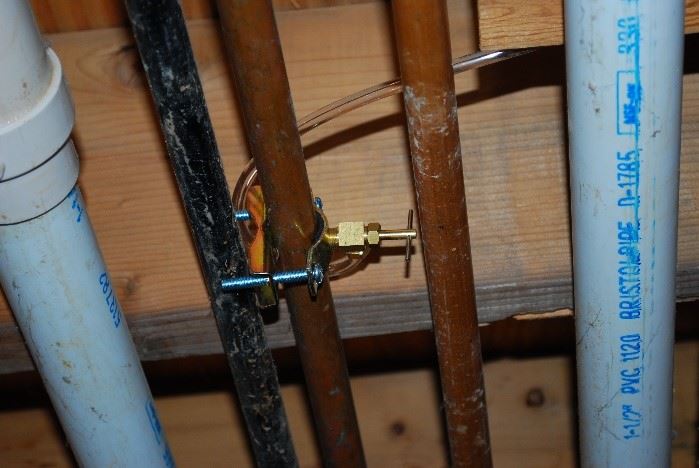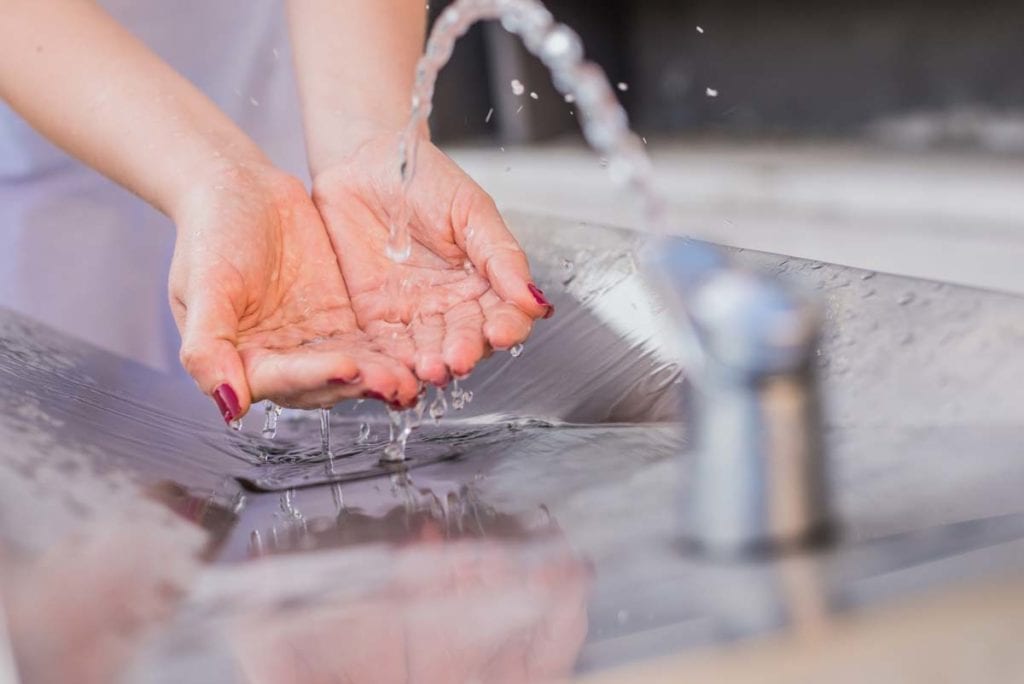Leading Ways to Guard Your Plumbing From Bursting in Cold Temperatures
Leading Ways to Guard Your Plumbing From Bursting in Cold Temperatures
Blog Article
Are you hunting for additional info on Prevent Freezing and Bursting Pipes?

All homeowners who live in pleasant climates have to do their best to winterize their pipes. It is something you need to do throughout autumn before deep winter season truly begins. Failing to do so can mean calamity like frozen, fractured, or burst pipelines. If the weather outside is frightful, below are some handy winterizing hacks to keep your plumbing system secured also.
Activate the Faucets
When the temperature level declines and also it seems as if the cold temperature will last, it will help to turn on your water both indoors and outdoors. This will certainly maintain the water flowing with your plumbing systems. On top of that, the activity will certainly slow down the cold procedure. Especially, there's no need to transform it on full force. You'll wind up wasting gallons of water this way. Rather, aim for about 5 declines per minute.
Open Up Cabinet Doors Hiding Plumbing
It would certainly be valuable to open cabinet doors that are camouflaging your pipes when it's cool outside. For instance, they could be somewhere in your kitchen or washroom. This will allow the warm air from your heating unit to circulate there. Consequently, you prevent these revealed pipelines from cold. Doing this small trick can maintain your pipelines cozy and also restrict the potentially hazardous outcomes of freezing temperatures.
Take Some Time to Cover Exposed Piping
One easy and also clever hack to warm up icy pipelines is to cover them with warm towels. You can cover them first with towels. After safeguarding them in position, you can put boiling water on the towels. Do it gradually to allow the towels take in the liquid. You can likewise make use of pre-soaked towels in hot water, just do not fail to remember to use safety gloves to guard your hands from the warm.
Attempt a Hair Clothes Dryer or Warm Gun
When your pipes are almost freezing, your reliable hair clothes dryer or heat gun is a godsend. If the warm towels do not assist remove any settling ice in your pipes, bowling hot air straight into them might help. You might finish up harmful your pipes while trying to thaw the ice.
Shut down Water When Pipelines are Frozen
Switch off the main water valve quickly if you discover that your pipes are entirely frozen or practically nearing that stage. You will usually find this in your cellar or utility room near the heating system or the front wall surface closest to the street. Transform it off right now to avoid more damage.
With even more water, more ice will stack up, which will ultimately lead to burst pipes. If you are not sure about the state of your pipelines this wintertime, it is best to call a professional plumber for an inspection.
All homeowners who live in pleasant climates have to do their finest to winterize their pipelines. Failing to do so can lead to calamity like icy, cracked, or burst pipelines. If the hot towels do not assist dislodge any working out ice in your pipes, bowling warm air straight right into them might aid. Turn off the main water shutoff instantly if you discover that your pipelines are entirely icy or virtually nearing that phase. With even more water, more ice will pile up, which will eventually lead to break pipes.
PREVENT YOUR PIPES FROM FREEZING THIS WINTER
A Leading Cause of Property Damage
When the weather is taking a deep nose dive into the cold dreary days, the risk of your pipes freezing and potentially bursting skyrockets. Unfortunately, during these cold dreary months, burst pipes are the most common denominator for property damage. The pipes that are most at the risk are those that are in areas where it is most cold in your home. For instance, pipes located in interior places such as basements, attics, and your garage. Unfortunately, that doesn’t mean that the pipes running through your cabinets or exterior walls can’t freeze. Good news, however, is that you can do things to help prevent pipes from freezing.
How to Prevent Pipes From Freezing
Once the temperature starts to drop during the winter, you should be taking the proper measures needed to ensure that your pipes stay warm and that there is circulation of water through them. Some steps that experts may recommend could go against your better judgement when it comes to saving water and heat. However, it would go without saying that when expenses are compared, damaged pipes could put a bigger dent in your wallet than a water bill.
What Can I Do?
Keep your garage door closed. This is very important, especially if you have water supply lines running through your garage. Open your kitchen and bathroom cabinets to allow warm air to circulate through them. Allow air circulation throughout your home. Keeping the interior doors open will once again allow the warm air to circulate inside your home. Ensure your thermostat is running the same temperature throughout the night and day. If you plan to be away from home during the cold months, set your temperature no lower than 55° F. This should provide enough heat to keep the pipes warm and prevent any remaining water inside the pipes from freezing. For more of a long-term solution, add insulation to attics, basement, and other crawl spaces around your home. By allowing your faucet to drip, it will alleviate pressure in the system. This is important because the pressure that is created between the blockage and the faucet can potentially cause the pipes to burst. Allowing the faucet to drip will prevent the pressure from building up, therefore keeping the pipes from bursting. Seal any cracks, openings, and crawl spaces around your home to prevent cold air from coming inside. This keeps your pipes-not to mention your home-warmer and less susceptible to issues caused by freezing temperatures. For the pipes in your home that are easily accessible, applying electrical tape to them might prevent them from freezing over. This is a quick fix, as you can apply the tape directly to the pipe. There are two options for heating tapes. One turns on and off by itself when it senses heat is needed. The other type of heating tape needs to be applied when heat is needed and removed when not necessary. If you have exposed pipes in your home, you can check this website to take a look at a few options that would be available at a shop near you.

We hope you enjoyed our excerpt on How to Prevent Frozen Pipes. Thank you so much for spending some time to read our content. Do you know somebody else who is very much interested in the subject? Why not promote it. Thank-you for going through it.
Best plumbers, one call away. Report this page